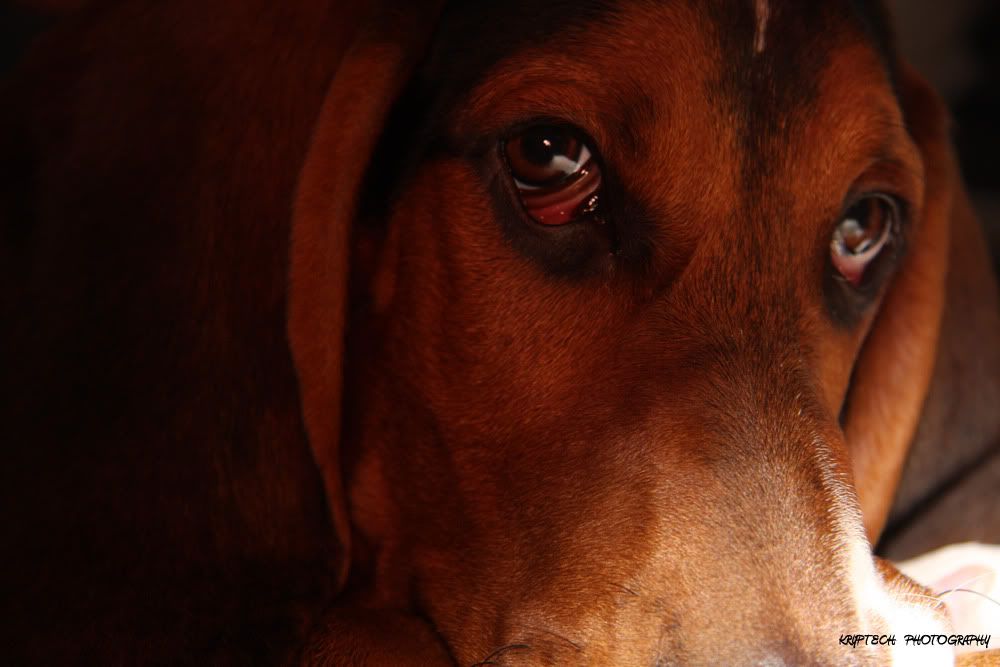
 |
|
|
|
#1
|
|||||
|
|||||
|
It's kind of hard to start comparing monitor resolutions to camera resolutions because resolutions on cameras are substantially higher resolution.
Basically it's getting to a point of diminishing returns. If you forget about megapixels for a moment and just think about pixel density, the true professional cameras (Canon 5d MkII, Nikon D700 for example) have pixel densities of 2.4 MP/cm² and 1.4 MP/cm². The reason for this is that there's no need to cram as much pixels onto a sensor as possible because the DSLR sensors are pretty high quality as-is. If you're only planning on taking 4x6 photos with the occasional 8x10, then hypothetically, you'd only need about a 6MP camera. However, what the higher megapixel count helps with later is if you want to print off a 13x19 poster and want to be able to crop. That's where high megapixels help. However, the problem with pixel density is that it makes the photo, essentially, too digital. Too high a pixel density, and you start to get more errors when you amplify the signal (as in, use a higher ISO, which you'd do in low light). The higher a pixel count, the more the liklihood of getting digital noise when you bump up your ISO. Less light gets to each individual pixel and, as such, the camera has to digitally compensate. Quite truthfully, this is an issue that's splitting hairs. In all liklihood the average person will never be in a situation where it's going to matter. However being a camera salesperson, I always try to hit home that the megapixel race is a lot like buying a Lambourghini over a Ferrari simply because it has a top speed of 235mph vs. 230mp. 99% of people will never see/care about the difference. Buy what you want. Case in point, the single best P&S shoot camera on the market right now is the Panasonic Lumix LX3. They purposely dropped the pixel count to 10MP and, in doing so, blows away any other camera it's competing. Including the Nikon P6000(13MP) and Ganon G10 (15MP). I think I'm rambling at this point so I'll stop  |
|
#2
|
|||||
|
|||||
|
A low-end DSLR body, an OK lens or two and a crash course in digital photography is all your friend would need from a technical basis unless you are wanting poster-sized reprints.
However, the one thing that has helped me the most by far as a novice photographer was reading Michael Freeman's book on composition: "The Photographer's Eye". It is decidedly non-technical in its approach as it has nary a mention of f-stops or pixel counts, but shows you in a straightforward fashion what makes a "good" photograph to the human eye. He's a very good writer to boot. http://digital-photography-school.co...reeman-review# Last edited by fkshiu; 10-14-2009 at 05:21 PM. |
|
#3
|
||||
|
||||
 me with slr = goodness  I have no idea what im doing but I like this I have no idea what im doing but I like this
__________________
Two clownfish were in a tank. One says to the other, how do i drive this thing? |
|
#4
|
||||
|
||||
|
just thought id throw this out there. Im pretty new to the reef scene yet was reading trought the pages of this post and has been shooting for a while now. I also like to be of any help where I can and my job lets me have lots of time off so I have be finding myself traveling and taking photo a lot lately. So if any reefer needs some photos taking Id love to help, Heck I may even start to take frags as payment soon enough l
Nice shot btw. |